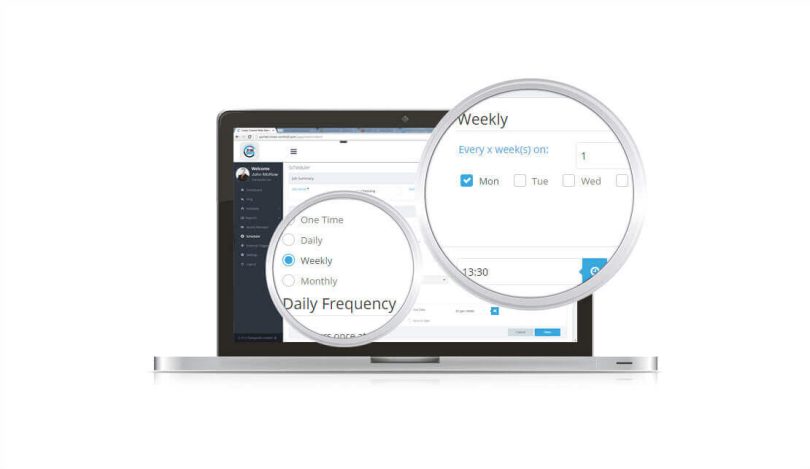In the previous blogs in this series on best practice in BC planning, I looked at identifying and mitigating the risks to your corporate environment, scenario planning, creating incident plans, supply chain resilience and crises communications that are fit for purpose. The next step in your BC planning should be to make sure that your response plans don’t come unstuck in real life by practicing and testing them when the pressure is off.
The best laid plans can come to nothing if they have not been tested. The purpose of this is twofold. First of all, testing will help to ensure that the plan will work in practice. Secondly, testing will greatly increase the chances that the response team will know what they are doing when they are called into action.
There are two different types of test that can be carried out, a desktop/virtual exercise and a real/live exercise. A “desktop/virtual” exercise is a paper run through of your plans. This desktop exercise might simply be checking that all of your incident resources are in place, action plans are available, contact numbers are up to date and any physical supplies necessary are in place.
It might also be a full virtual run through of a test exercise, involving real players and a real scenario that they do not know in advance. This test offers a good workout of your emergency plans, but without committing the resources needed for a live exercise, and so can be conducted on a regular basis, perhaps a couple of times a year.
A “real/live exercise” is a test that involves your response team, and perhaps employees, in acting out a test scenario in real time and using real resources. The simplest example of this is the fire evacuation test, in which the fire alarm is activated and employees are required to leave the building and gather at the assembly point.
A more complex version could involve your full response team acting out a live scenario in which they have to physically relocate to your disaster recovery site and open up the facilities there. Because of the resources involved in this, such an exercise would take place less often, perhaps every couple of years.
You should, as a minimum, carry out a desktop/virtual test at least once a year and follow this up with a review meeting in which you assess what lessons you have learnt and implement any necessary changes that you have discovered.
Here at Crises Control we not only encourage you to develop incident specific response plans for all of your identified risks, but we also help you to test these plans virtually with minimum cost and effort. You can use our platform to create a virtual/desktop exercise, and then run a test incident involving multiple locations and teams at the same time that will automatically generate a management report which records all of their response times. You can even schedule a test to start at some future point on time, say every Friday morning for a fire alarm test, or every six months for a full scale incident desktop exercise.
Our objective is not only to help get you up and running with your business continuity planning, but also to help you test your plans with regular desktop scenarios to see what you can learn before an incident is upon you.
Download a copy of our free guide to business continuity planning, “Five Ways to Cut Down Your Business Disruption“.
Rickie Sehgal
This blog is the sixth in a series looking at different aspects of best practice in BC planning.







